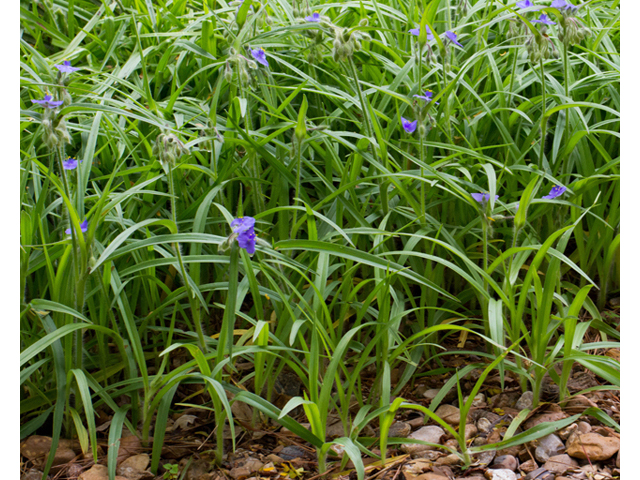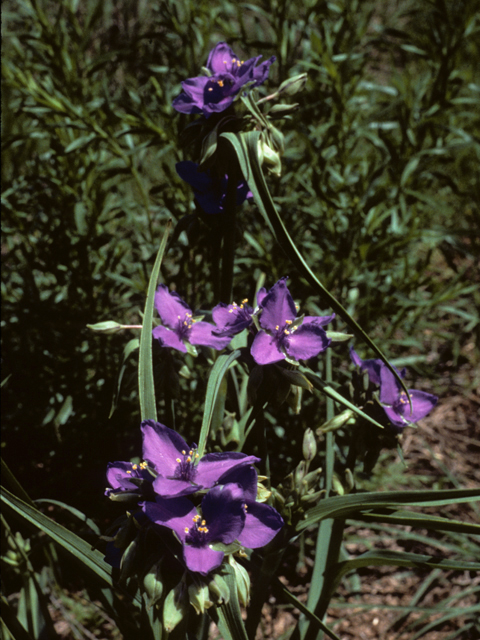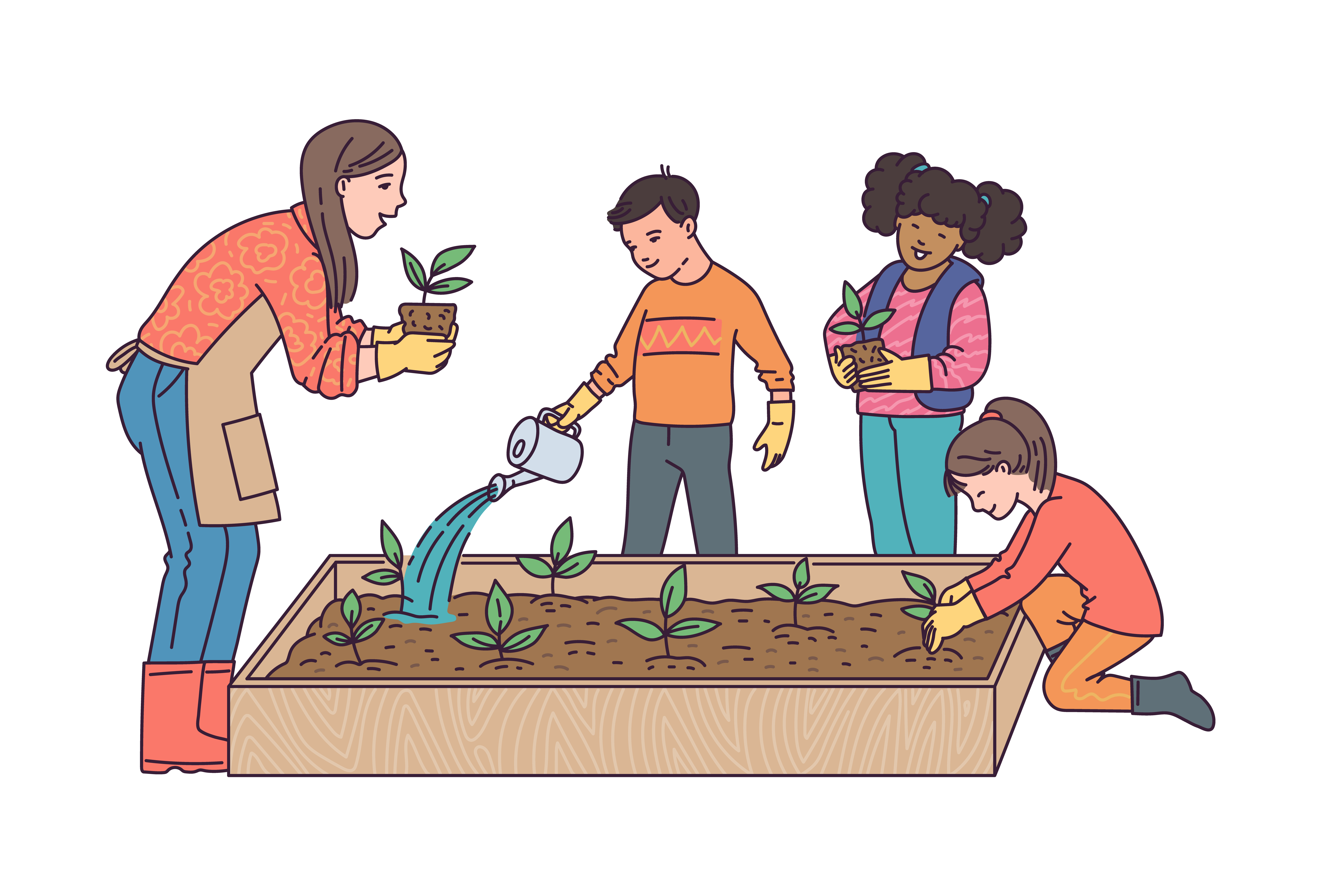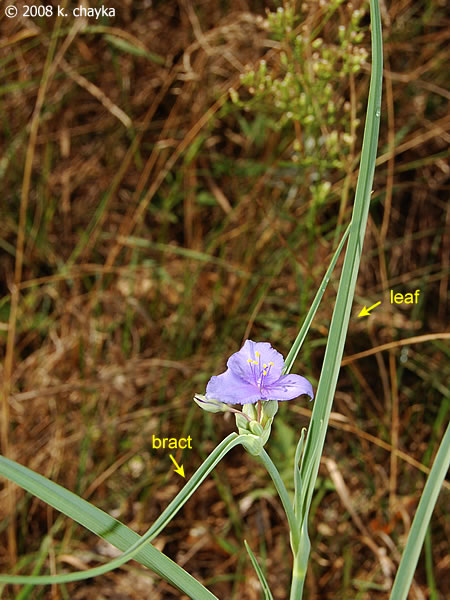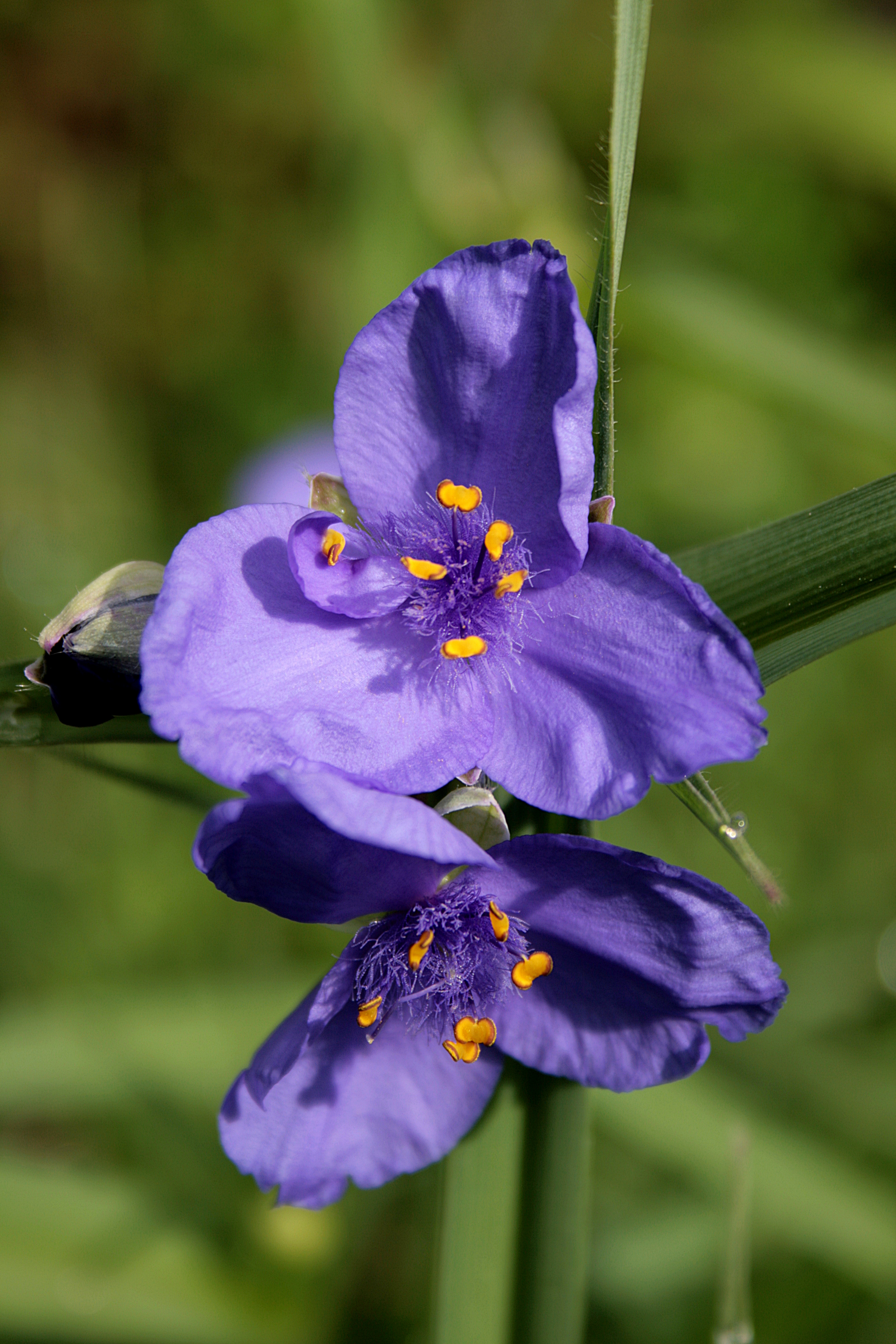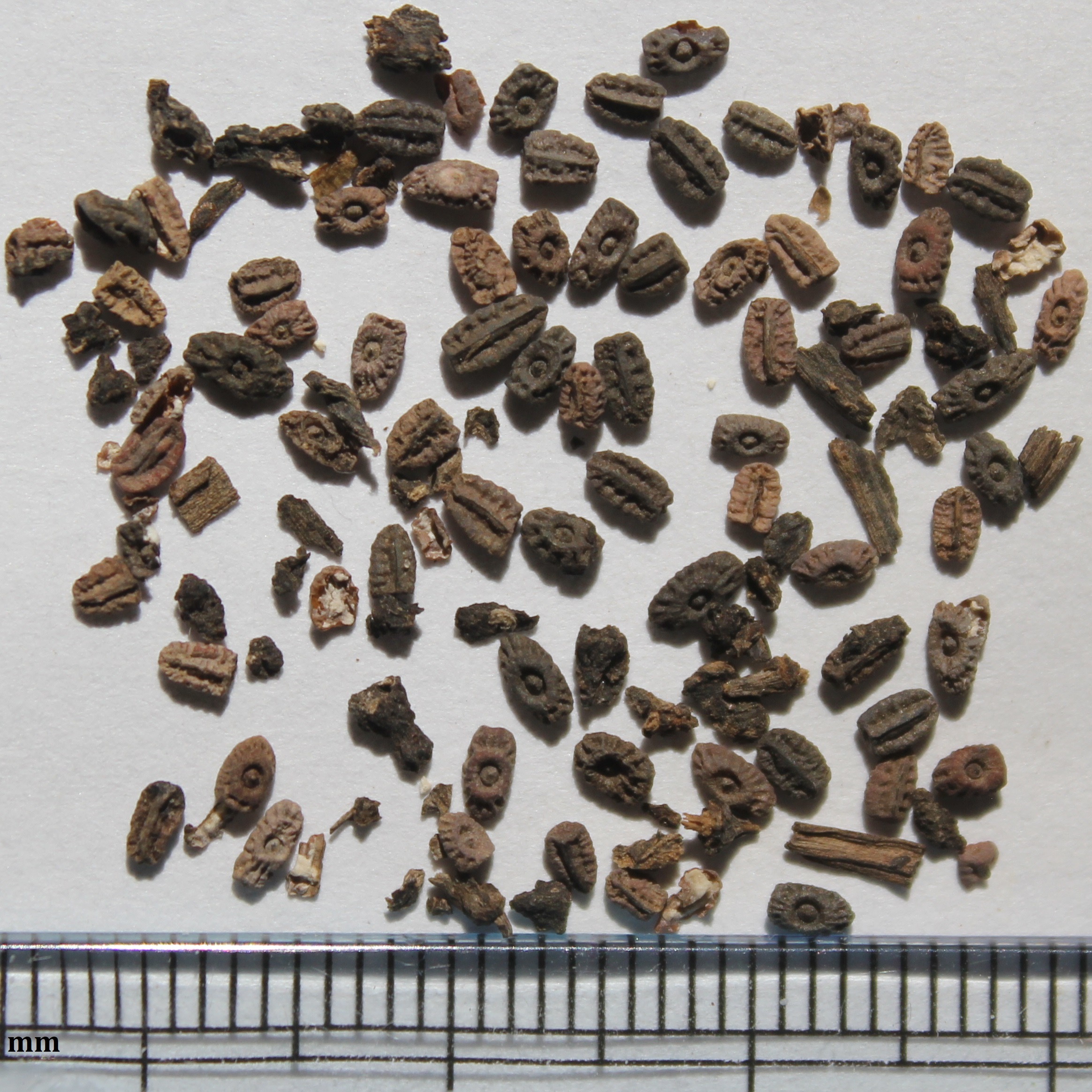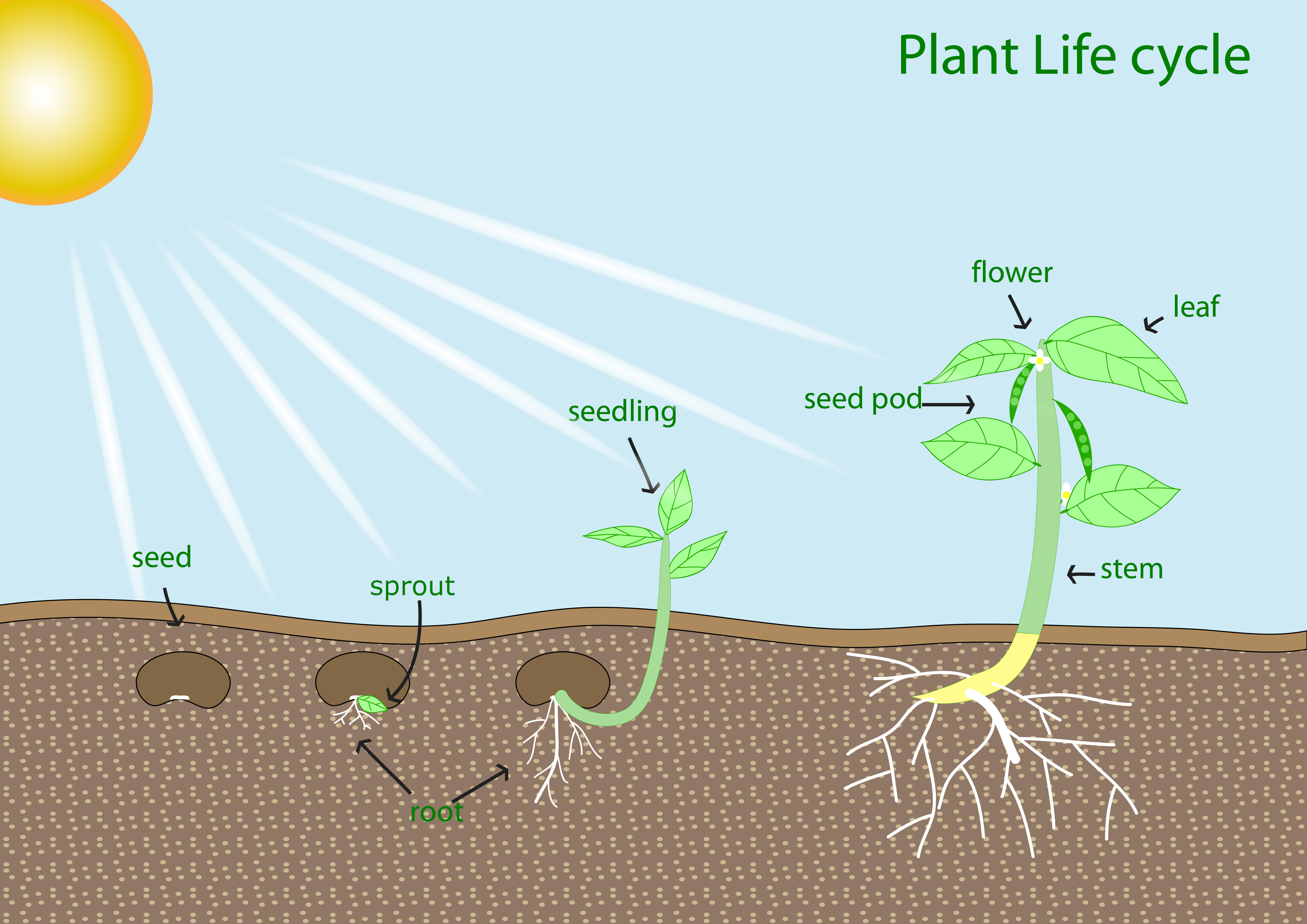Dig Into Plants: Spiderwort
| Spiderwort Scientific Name: Tradescantia occidentalis Native to Alabama: No |
|
Lady Bird Johnson Wildflower Center - James Garland Holmes Click on image to enlarge it |
Learn more about...
| Ecological Benefits | ||||
| This plant provides food for: | ||||
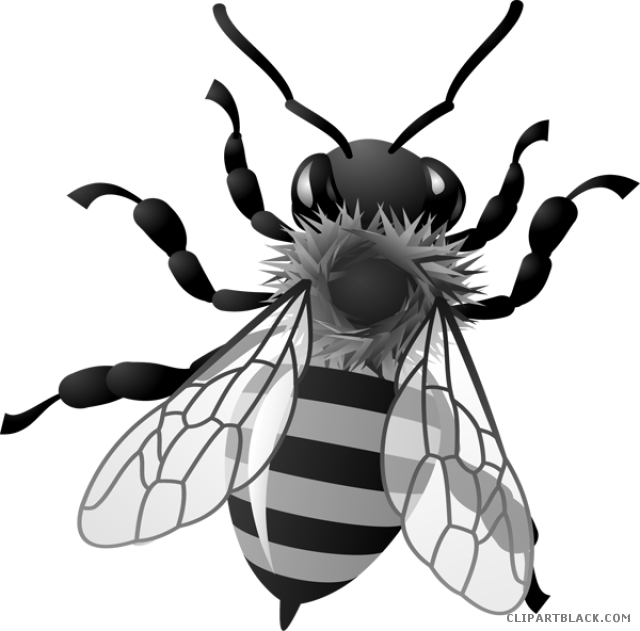 |
||||
| Native Bees | ||||
| Other Plants Found in Alabama with Similar Ecological Benefits: |
||||
| Ernest's Spiderwort (Tradescantia ernestiana) |
Hairyflower Spiderwort (Tradescantia hirsutiflora) |
Ohio Spiderwort (Tradescantia ohiensis) |
||
 |
 |
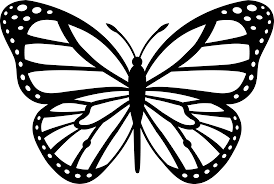 |
 |
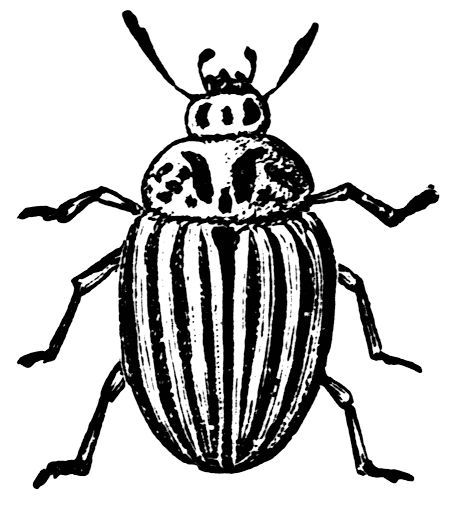 |
| Hairystem Spiderwort (Tradescantia hirsuticaulis) |
Zigzag Spiderwort (Tradescantia subaspera) |
Virginia Spiderwort (Tradescantia virginiana) |
||
 |
 |
 |
 |
 |
| Habitat Requirements | |||
| This plant prefers: | |||
 (6+ hours of sun per day)  Part Sun/Shade Part Sun/Shade(2-6 hours of sun per day) |

Average Watering |
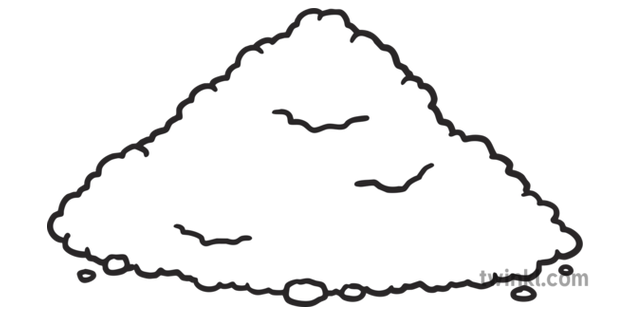 Well-drained, Sandy, Loamy, Clay, Limestone, Well-drained, Sandy, Loamy, Clay, Limestone,or Acidic Soil |
|
| Leaf, Flower & Seed Identification | ||||
| LEAF DESCRIPTION |
Minnesoa Wildflowers - K. Chayka
Click on image to enlarge it |
|||
| Leaf Characteristics Chart (PDF) | ||||
| Shape: Linear |
Margin: Entire/Smooth |
Arrangement: Alternate |
Form: Simple |
|
 |
 |
 |
 |
|
| Description: | ||||
| Long and narrow; up to 15 inches long and 1 inch wide; stiff with parallel veins; grow in an upward direction | ||||
| FLOWER DESCRIPTION |
Wikimedia - Jean-pol GRANDMONT Click on image to enlarge it |
||||||
| Flower Shapes Chart (JPG) | |||||||
| Color: Blue/Violet |
Shape: Stellate (star-shaped) |
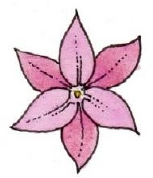 |
Bloom Months: June - July |
||||
| Description: | |||||||
| Appear in racemes (clusters) of up to 10 flowers at the ends of the branches; each flower has 3 round or oval shaped petals; 6 stamens with yellow tips in the middle; flowers last less than a day after opening | |||||||
| SEED DESCRIPTION |
Wikimedia - Omar hoftun
Click on image to enlarge it |
||
| Type: Fruit - Capsule |
Description: Rounded capsule contains 6 dark gray seeds; seeds are oval with a groove on one side and a hole on the other |
Months in Seed: Late Summer |
|
| Plant spreads by: | |||
| Seeds Plant will easily self-seed in late summer |
|||
ADDITIONAL RESOURCES FOR TEACHERS
| Quick Fact Sheet (Condensed Species Info) |
QR Code (Links to this Webpage) |
||
| Plant ID Sign (Text Only): Ready as-is PDF |
Plant ID Sign (Text Only): Editable Word Doc |
||
| Plant ID Sign (With Picture): Ready as-is PDF |
Plant ID Sign (With Picture): Editable Word Doc |
INFORMATION SOURCES FOR THIS PLANT
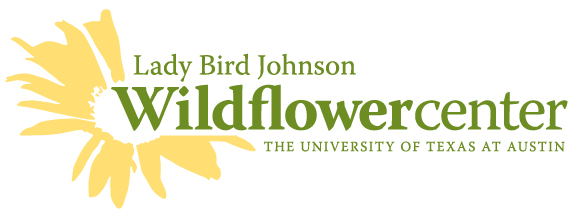 |
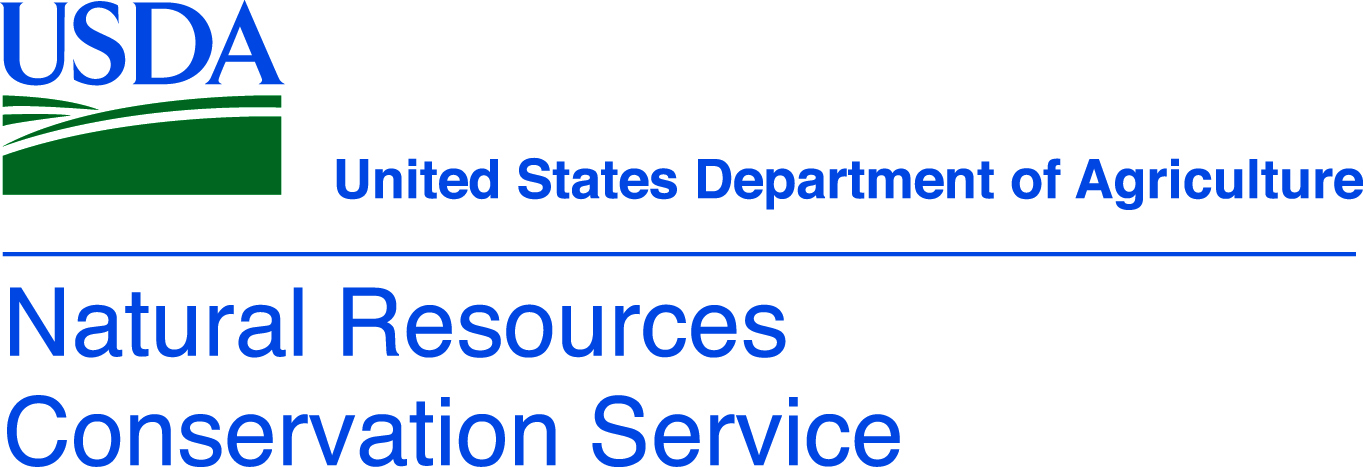 |
|
 |
 |
|
|
|
 |
 Wildlife Tag
Wildlife Tag
